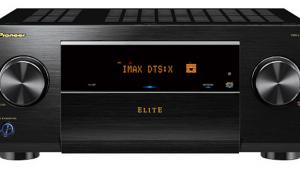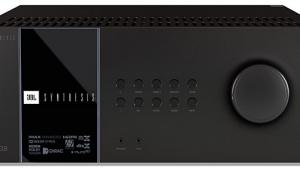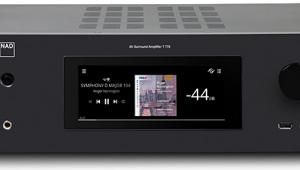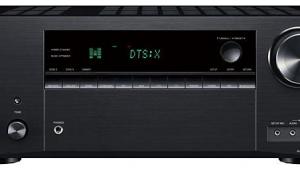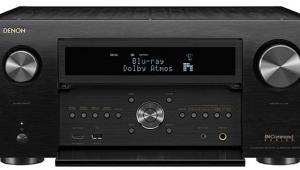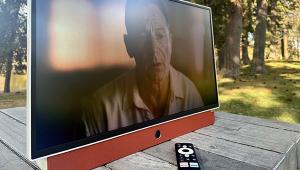I’m very interested in Dirac Live and would be willing to forgo many bells and whistles to have it. However, while I suppose I could live with a splitter box for my TV and projector—only 3 inputs is a deal breaker. I have an AppleTV, an Oppo BDP-83 for SACD/DVD-A/CD, a region-free 3D Sony Blu-ray, an A2 HD DVD player (with 100+ titles), a PVR and, occasionally, a PS3 hooked up for my kids’ (rare) video game parties in the HT room.
Even with Dirac, the price point with so limited an input layout is not justified. Oh well, perhaps V4 will be more generous with I/O.
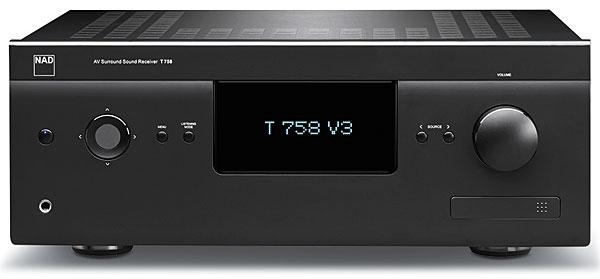

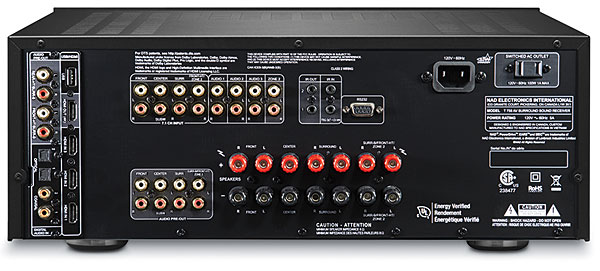
 Doing Dirac
Doing Dirac



